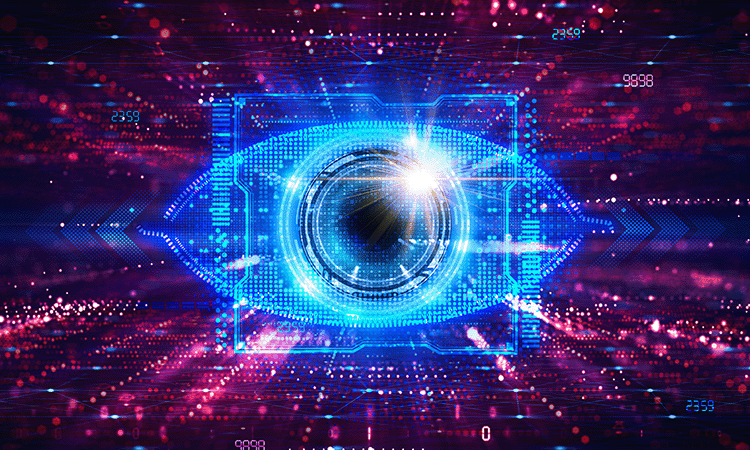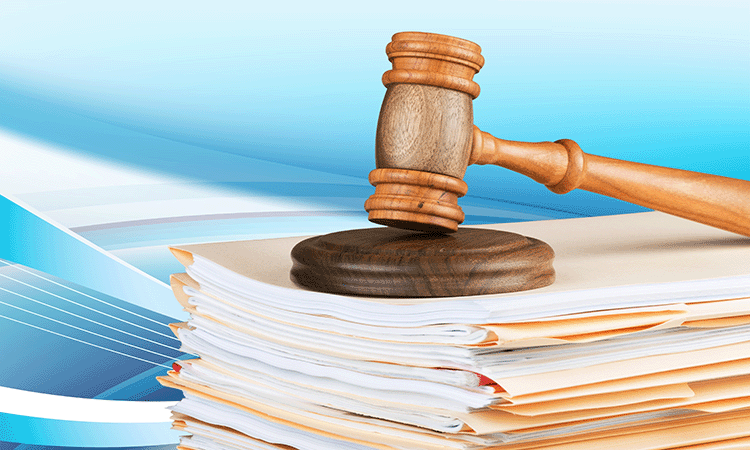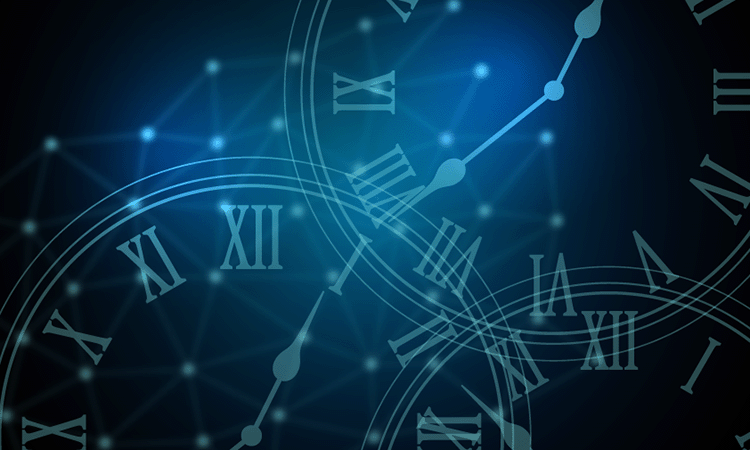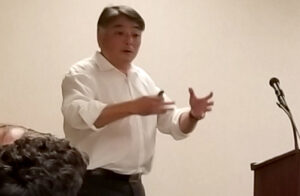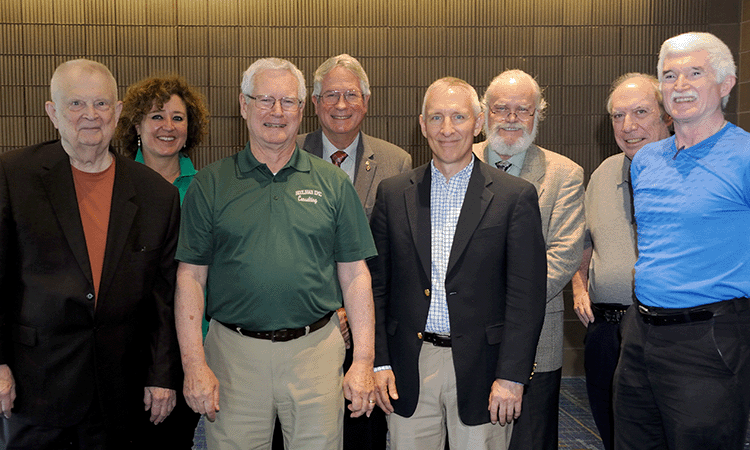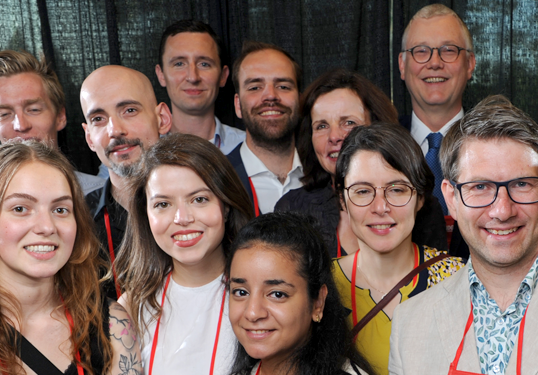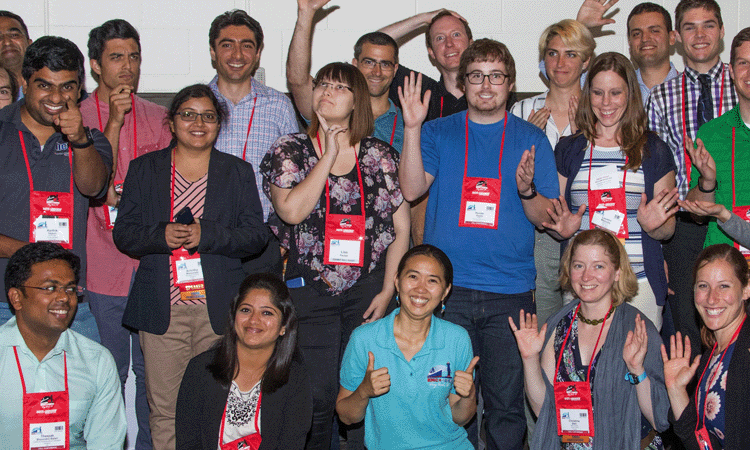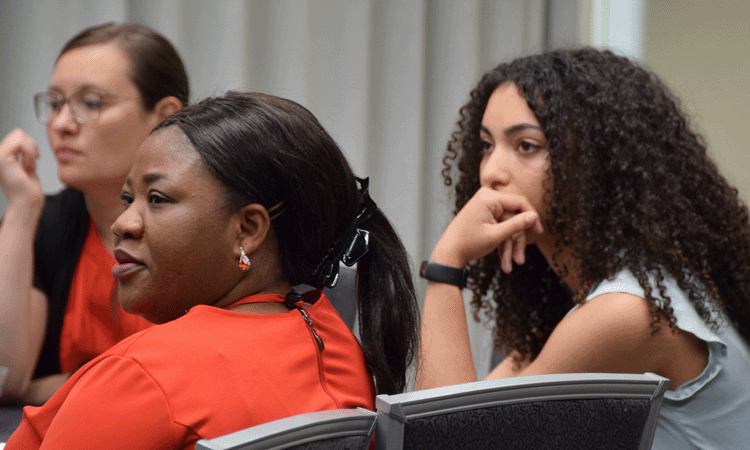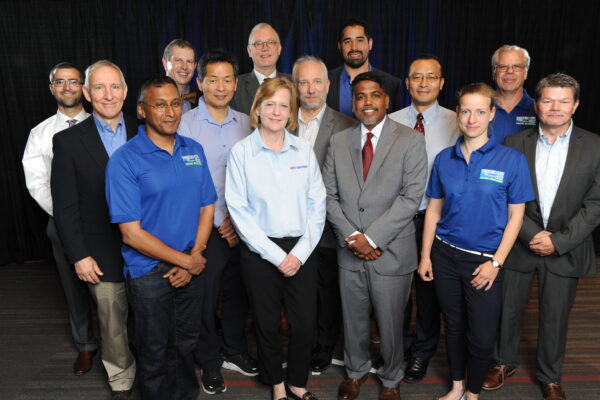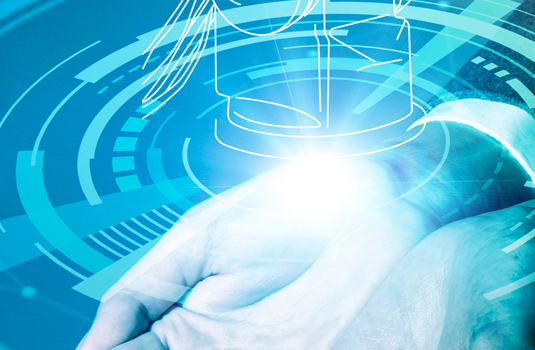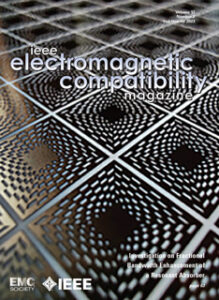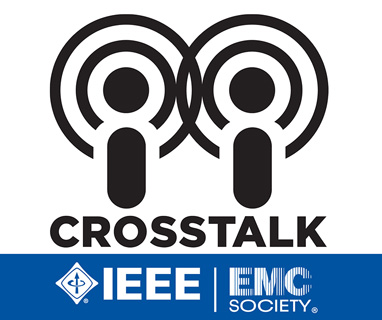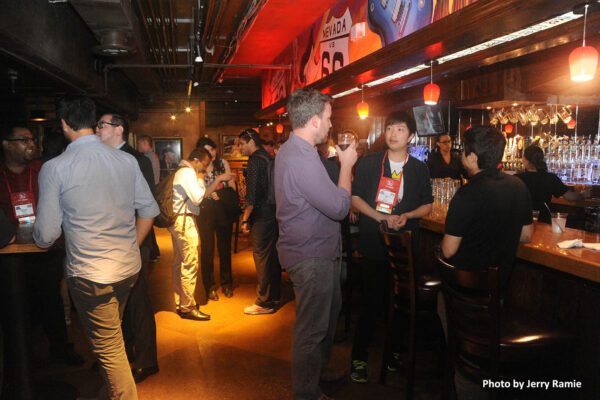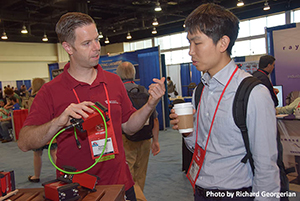
Distinguished Lecturers
Distinguished Lecturers
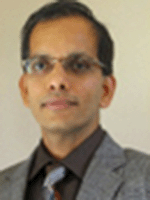
Ramachandra Achar
Chair, EMC Society Distinguished Lecturer Program
New Distinguished Lecturers for 2025-2026
Following are our new Distinguished Lecturers for 2025-2026. Please feel free to contact them directly by email to discuss hosting them at your next Chapter meeting or other special event of interest to EMC Society members.
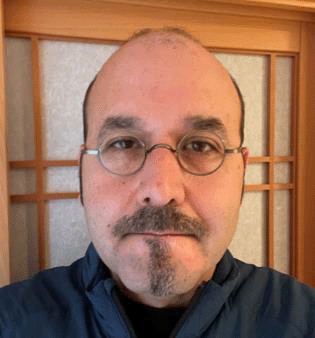
Mr. Jason Bommer
Term 2025-2026
Talk 2: Antenna Simulation and the Dynamic Mission: A Case Study in Airborne Radar Altimeter and 5G Coexistence
Talk 3: Simulation of Scale: Hybrid Techniques for Virtual Prototyping from Component to System for RF Coexistence and Desense Mitigation
Bonus Talk 4: A Novel Approach to Improving STEM in Highschool Through Electromagnetic Simulation and Co-Teaching
READ BIO & PRESENTATION ABSTRACTS>
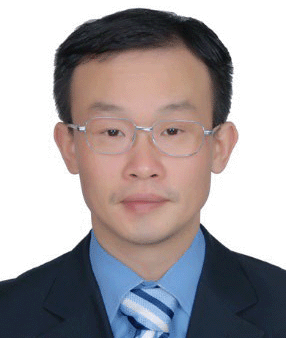
Prof. Xing-Chang Wei
Term 2025-2026
Talk 2: Can You Identify an Electromagnetic Photo? – EMC Analysis Enhanced by Artificial Intelligence
Talk 3: Practical EMI Measurements and EMI Probes Designs
READ BIO & PRESENTATION ABSTRACTS>
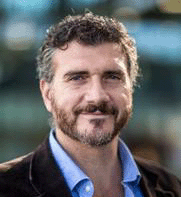
Prof. Ramiro Serra
Term 2025-2026
Talk 2: Metrology Aspects of Reverberation Chambers
Talk 3: Emulation of Complex Electromagnetic Field Environments Using Reverberation Chambers
READ BIO & PRESENTATION ABSTRACTS>
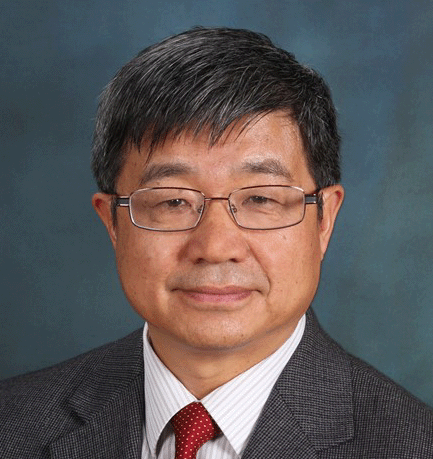
Prof. Qi-jun Zhang
Term 2025-2026
Talk 2: Quantum Computing for Machine Learning, Electromagnetic Simulation and Applications to EMC Analysis
READ BIO & PRESENTATION ABSTRACTS>
Distinguished Lecturers for 2024-2025
Following are our Distinguished Lecturers for 2024-2025. Please feel free to contact them directly by email to discuss hosting them at your next Chapter meeting or other special event of interest to EMC Society members.
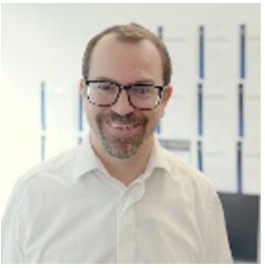
Dr. Benoit Derat
Term 2024-2025
Talk 1: How Close Can Far-Field Be? Getting the Best Out of Your Measurement Range
Talk 2: The Antenna Digital Twin – When Measurements and Simulations Unite
Talk 3: Performing OTA Measurements in an EMC Range – A Real or False Good Idea?
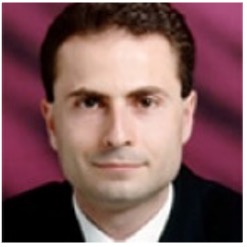
Prof. Roni Khazaka
Term 2024-2025
Talk 1: EDA Best Practices for Signal and Power Integrity
Talk 2: Signal Routing and Transmission Lines
Talk 3: Noise in High Frequency Circuits
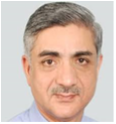
Prof. Shiban Koul
Term 2024-2025
Talk 1: Transmission Lines for High Speed/High Frequency Integrated Circuits
Talk 2: Materials and Their Characterization for EMI/EMC/SI Applications
Talk 3: Medical Applications of MHz to Sub-THz Waves and EMI/EMC Challenges
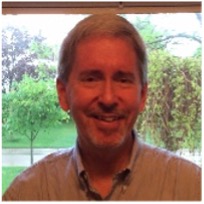
Mr. Keith Frazier
Term 2024-2025
Talk 1: Impact of Electric Vehicles on AM Radio Reception
Talk 2: RF Radiated Emissions from Electric Vehicles – Regulatory Challenges
Talk 3: RF Immunity Impact on Electric Vehicle Charging from Amateur Radio Usage
Talk 4: EMC and SI Challenges with SerDes Camera Systems for Automotive Driver Assisted Technologies

